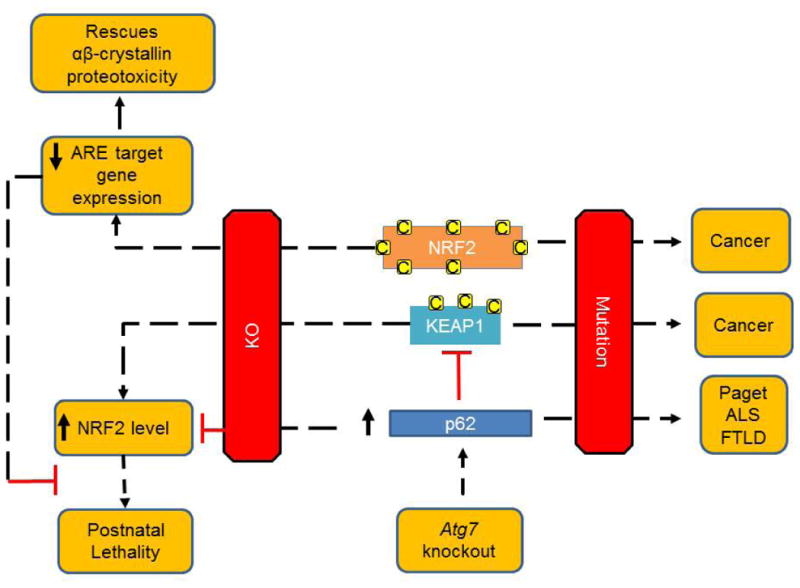Figure 4. NRF2, KEAP1 and p62 in disease pathogenesis.

NRF2, KEAP1 and p62 play important roles in cellular redox, protein and organelle homeostasis. Mutations in NRF2 and KEAP1 are associated with human cancers, and mutations in p62 are associated with adult onset Paget disease of the bone, amyotrophic lateral sclerosis and frontotemporal lobar degeneration. Nrf2 knockout mice exhibit blunted induction of EpRE containing genes encoding cytoprotective enzymes, and increased susceptibility to toxic chemicals in various tissues, but also exhibit decreased proteotoxicity induced by overexpression of mutant αβ-crystallin through a redox-mediated mechanism. Keap1 knockout in mice is also detrimental and leads to constitutive NRF2 activity and postnatal lethality, this lethality can be rescued by a concurrent ablation of Nrf2, further demonstrating the mechanisms of KEAP1 in regulating NRF2 stability and function. Autophagy deficit-induced liver damage can be ameliorated by p62 or Nrf2 deletion, supporting the interaction of p62-NRF2 pathways. Overexpression of Nrf2 or p62 has been shown to lead to tissue specific and disease model specific consequences.
